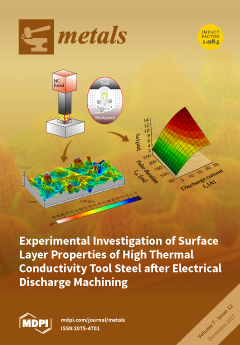The microstructure of Al/B
4C metal matrix composites (MMCs) used as neutron absorbers in both dry storage casks and wet storage pools of spent nuclear fuel was analyzed by SEM and TEM. A polishing method of a focused Ga
+ ion beam was used to obtain an ideal sample surface with very low roughness, which was used to statistically analyze the distribution characteristics and size factor of B
4C particles in the aluminum matrix. The area of B
4C particles mainly ranged from 0 to 0.5 μm
2, which was the proportion of 64.29%, 86.99% and 76.86% of total statistical results for the Al-15%B
4C, Al-25%B
4C and Al-30%B
4C MMCs, respectively. The average area of B
4C particles in the Al-15%B
4C, Al-25%B
4C and Al-30%B
4C MMCs were about 1.396, 0.528 and 1.183 μm
2, respectively. The nanoscale precipitates were analyzed by the element mappings in scanning transmission electron microscopy (STEM) mode and electron energy loss spectroscopy (EELS) mode, which included elliptic alloy precipitates with elemental Cu, Cr, Fe and Si, except for Al, and B
4C nanoparticles with polygonal shape. The interface characteristics showed that the (021) crystal plane of B
4C particle and (111) crystal plane of aluminum matrix grew together. The lattice misfit was about 1.68% for (111)
Al//(021)
B4C. The corrosion properties and corresponding mechanism of Al/B
4C MMCs were investigated in an aqueous solution with 5000 ppm boric acid at 100 °C and atmospheric pressure, which showed that the mass increment rate was first decreased with increasing corrosion time and then increased.
Full article





